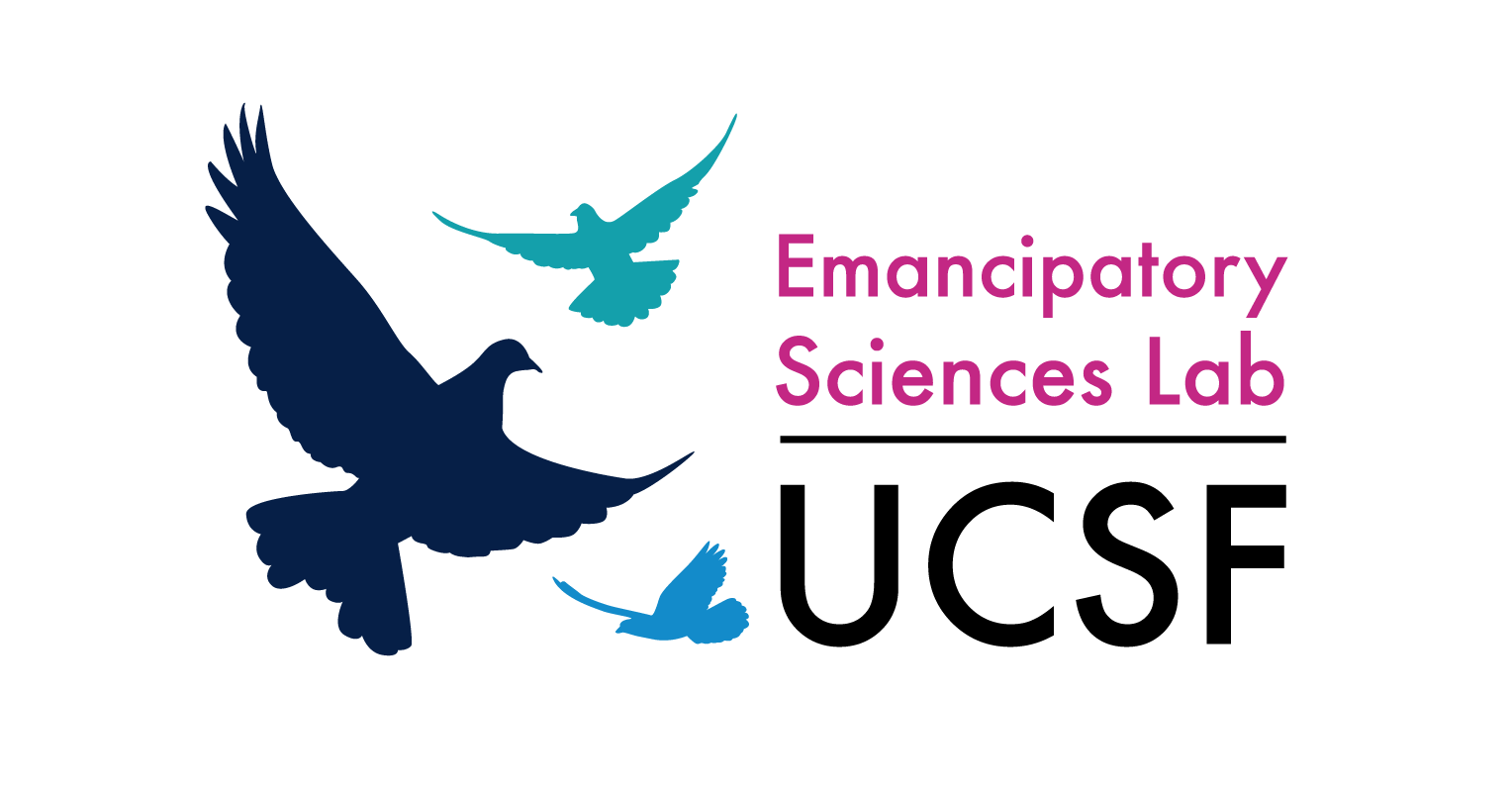| Title | Whole Health Options and Pain Education (wHOPE): A Pragmatic Trial Comparing Whole Health Team vs Primary Care Group Education to Promote Nonpharmacological Strategies to Improve Pain, Functioning, and Quality of Life in Veterans |
| Publication Type | Journal Article |
| Year of Publication | 2020 |
| Authors | Seal, KH, Becker, WC, Murphy, JL, Purcell, N, Denneson, LM, Morasco, BJ, Martin, AM, Reddy, K, Van Iseghem, T, Krebs, EE, Painter, JM, Hagedorn, H, Pyne, JM, Hixon, J, Maguen, S, Neylan, TC, Borsari, B, DeRonne, B, Gibson, C, Matthias, MS, Frank, JW, Krishnaswamy, A, Li, Y, Bertenthal, D, Chan, A, Nunez, A, McCamish, N |
| Journal | Pain Med |
| Volume | 21 |
| Issue | Suppl 2 |
| Pagination | S91-S99 |
| Date Published | 2020 Dec 12 |
| ISSN | 1526-4637 |
| Keywords | Chronic Pain, Humans, Primary Health Care, Quality of Life, United States, United States Department of Veterans Affairs, Veterans |
| Abstract | BACKGROUND: The Whole Health model of the U.S. Department of Veterans Affairs (VA) emphasizes holistic self-care and multimodal approaches to improve pain, functioning, and quality of life. wHOPE (Whole Health Options and Pain Education) seeks to be the first multisite pragmatic trial to establish evidence for the VA Whole Health model for chronic pain care. DESIGN: wHOPE is a pragmatic randomized controlled trial comparing a Whole Health Team (WHT) approach to Primary Care Group Education (PC-GE); both will be compared to Usual VA Primary Care (UPC). The WHT consists of a medical provider, a complementary and integrative health (CIH) provider, and a Whole Health coach, who collaborate with VA patients to create a Personalized Health Plan emphasizing CIH approaches to chronic pain management. The active comparator, PC-GE, is adapted group cognitive behavioral therapy for chronic pain. The first aim is to test whether the WHT approach is superior to PC-GE and whether both are superior to UPC in decreasing pain interference in functioning in 750 veterans with moderate to severe chronic pain (primary outcome). Secondary outcomes include changes in pain severity, quality of life, mental health symptoms, and use of nonpharmacological and pharmacological therapies for pain. Outcomes will be collected from the VA electronic health record and patient-reported data over 12 months of follow-up. Aim 2 consists of an implementation-focused process evaluation and budget impact analysis. SUMMARY: This trial is part of the Pain Management Collaboratory, which seeks to create national-level infrastructure to support evidence-based nonpharmacological pain management approaches for veterans and military service personnel. |
| DOI | 10.1093/pm/pnaa366 |
| Alternate Journal | Pain Med |
| PubMed ID | 33313734 |
| PubMed Central ID | PMC7825011 |
| Grant List | UH3 AT009765 / AT / NCCIH NIH HHS / United States UG3 AT009765 / AT / NCCIH NIH HHS / United States UL1 TR001863 / TR / NCATS NIH HHS / United States U24 AT009769 / AT / NCCIH NIH HHS / United States IK2 HX001914 / HX / HSRD VA / United States |
